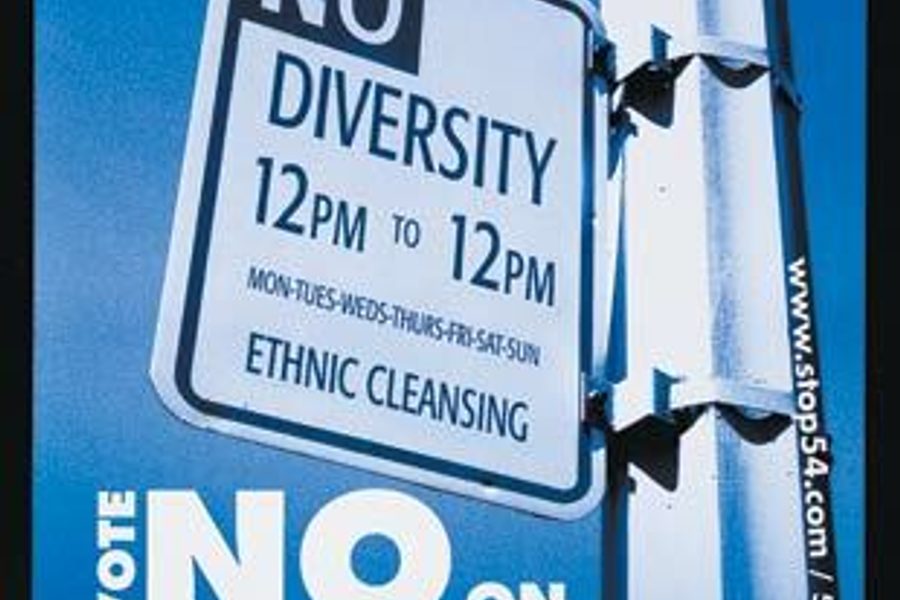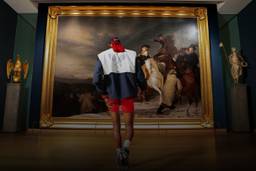Today, the first step of a rising activist group is throwing up a website, but a generation ago the visual impact of a group was measured by its posters.
Inkworks Press, a collectively run print shop in Berkeley, Calif., was at the forefront of this visual culture. For its 25th anniversary, Inkworks collected the best of its output into a book celebrating the hundreds of political posters it has printed since its founding in 1974. The project took nearly a decade, but the result, Visions of Peace & Justice, was released this spring. The full-color, 150-page book reprints hundreds of posters, many as full-page illustrations.
The book is organized into eight movement-focused chapters: internationalism and peace, labor, racial justice, women’s liberation, queer liberation, environment and public health, elections and reform, and arts and culture, each introduced by a short essay from a leader of the respective movement. The art ranges from utilitarian black and white type to striking hand-drawn montages. Date and artist information is given for posters when available. Flipping through this book is an illustrated tour of the last three decades of activism. Many of the images reproduced are iconic – like the one of Mother Jones created by Rupert Garcia for Mother Jones magazine in 1989.
Among the most compelling images are a 1984 poster for the Nicaragua Information Center by Doug Minkler and the “Trees for Haiti” poster created by Mia Truskier in 1997. The best posters encapsulate an entire political struggle. In 2003, voters in California voted on Proposition 54, which would have banned the state from collecting racial data on its citizens. Civil rights groups argued that this ban would limit the state’s ability to address racial disparities in health care and education. The “No on Proposition 54” poster created by Design Action in 2003 shows a No Parking/Street Sweeping sign altered to say “No Diversity 12 pm to 12 pm.”
While the posters were often connected to struggles in specific locales, as a means of political solidarity, the posters traveled the globe. In her preface, Carol Wells, executive director of the Center for the Study of Political Graphics, writes about a poster she designed in 1979 to benefit the Nicaragua literacy campaign. “In the mid-1980s a Nicaraguan friend in Los Angeles told me about a new poster that had just arrived from Nicaragua. When he showed it to me I laughed, because it was the first poster I had ever designed.”
Printers like Inkworks had influence outside their immediate region. In 1992, during the riots that followed the Rodney King beating, Inkworks posters proclaiming the Malcolm X quote, “I don’t see an American Dream, I see an American nightmare,” were sent to Los Angeles. Inkworks was not the only press doing this work – Red Sun Press in Boston and Salsedo Press in Chicago are two of the other remaining shops – but Wells notes that of the 16 female-owned shops, none remain.
Inkworks Press has also practiced what it has printed over all these years. The collectively run business has provided living-wage jobs to dozens of activists and created an atmosphere that encourages workers to discuss and reflect on politics and activism. At the back of the book, they reprint their “Points of Unity,” a manifesto about ideal and just working and social conditions. Sustainable institutions are an important part of creating sustainable change, and the left needs more documentation of groups that have done this well.
Visions of Peace & Justice holds more than stimulating illustrations. It is evidence of the power of political art and the role the political poster has played over the past several decades. It is a testament to a collective of individuals who have dedicated themselves to the movement for social change.







